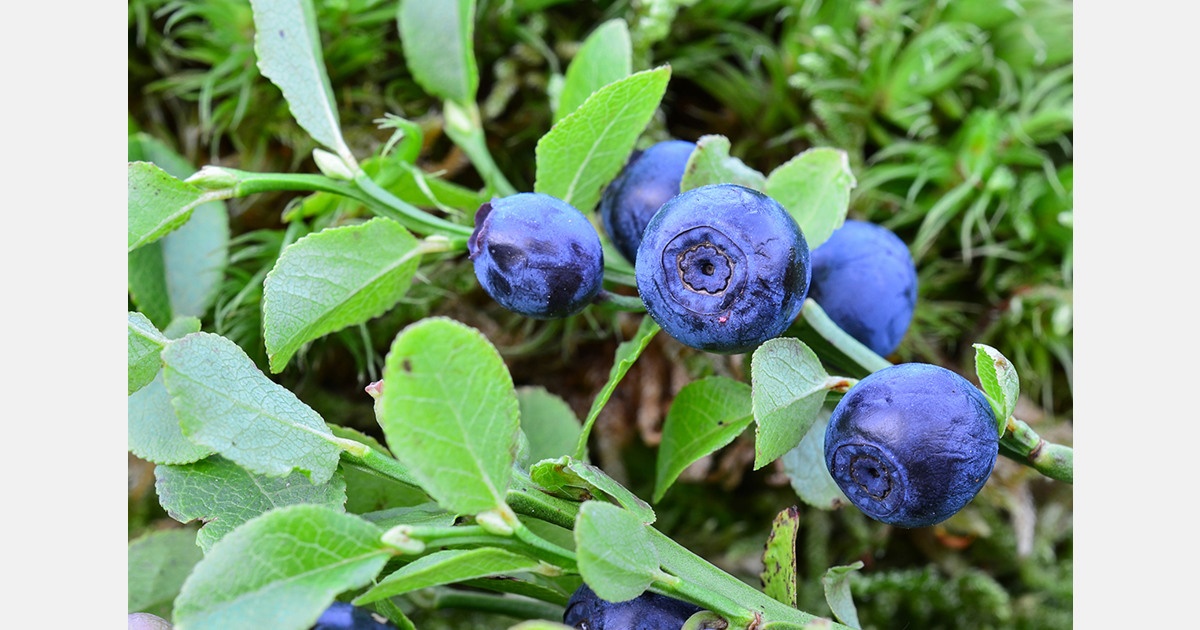The blueberry industry is moving into a new phase in which competition is not limited to orchards but extends to genomics and biotechnology. Genetic improvement is becoming central to ensuring a stable, high-quality, and competitive supply for future markets.
Technologies and projections
In the short term, within five years, breeding programs are expected to expand the use of genomic selection (GS) and molecular markers to accelerate the identification of progenies with greater firmness, fruit quality, and pathogen resistance.
In the medium term, over 10 to 20 years, targeted gene editing technologies such as CRISPR/Cas could be combined with high-throughput phenotyping and breeding of varieties adapted to water and heat stress. Commercial adoption will depend on regulatory frameworks and market acceptance, but edited cultivars could enter trial phases within 10 to 15 years in regions with favorable regulation.
Genomic selection
GS enables the prediction of the genetic value of young plants using genome-wide markers, reducing evaluation cycles. For blueberries, with long juvenile phases, GS allows unpromising progenies to be eliminated early and resources to be focused on superior lines. Programs with phenotyped collections will see improvements in firmness, fruit size, and harvest time.
High-throughput phenotyping
The use of hyperspectral imaging, drones, sensor-based field platforms, and automated measurements for firmness and color supports linking phenotypic traits to genomic markers. This increases the accuracy of GS models and accelerates breeding outcomes.
Gene editing and biotechnology
CRISPR/Cas offers opportunities to modify traits such as pathogen resistance, tolerance to heat stress, or the development of volatile compounds linked to aroma. Its implementation will vary across markets depending on regulation and consumer acceptance.
Mechanization
Mechanized harvesting requires breeding for straighter stems, firmer fruit, and uniform shedding. Several private breeding programs are already targeting these traits to reduce labor dependence.
Breeding priorities
Future improvement targets include firmness and post-harvest life for long-distance logistics, larger and more uniform fruit sizes, resistance to pathogens such as botrytis, phytophthora, nematodes, and Drosophila suzukii, as well as tolerance to drought, salinity, and high temperatures. Additional goals are traits that facilitate mechanization, enhanced aroma and nutritional profiles, and shorter juvenile phases for faster commercial cycles.
Blueberries are no longer a niche crop but a global berry with demand growing at double-digit rates in both emerging and established markets. In this context, genetic improvement is becoming central to competitiveness, cost reduction, and adaptation to climate and logistics challenges.
Source: Blueberries Consulting

